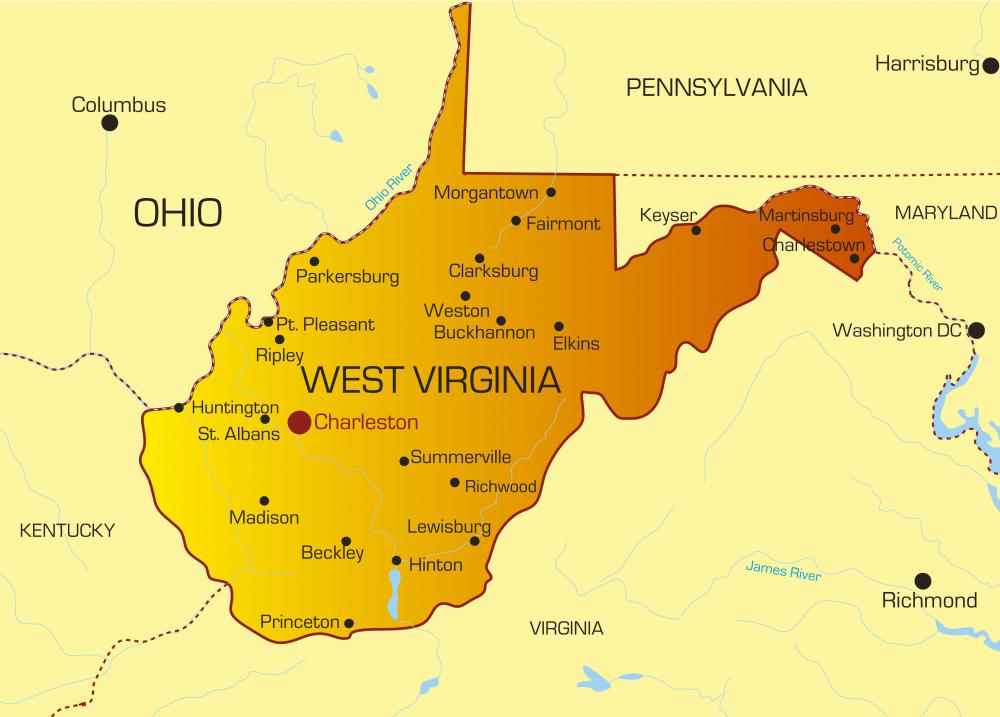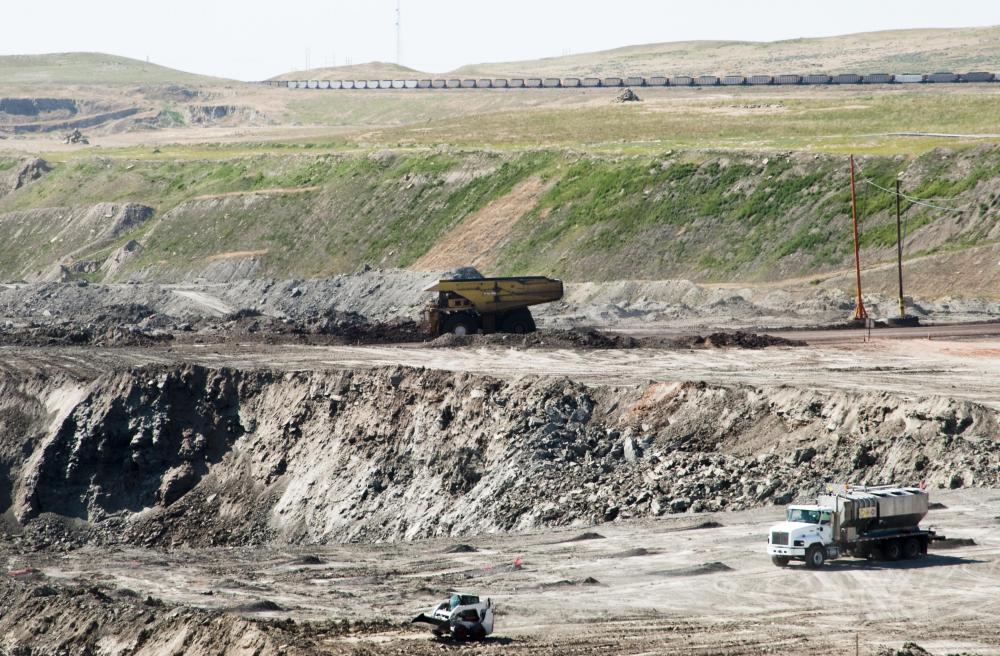At AllThingsNature, we're committed to delivering accurate, trustworthy information. Our expert-authored content is rigorously fact-checked and sourced from credible authorities. Discover how we uphold the highest standards in providing you with reliable knowledge.
What Was the Buffalo Creek Disaster?
The Buffalo Creek disaster occurred in Logan County, West Virginia on 26 February 1972 when water and coal mining refuse burst through a dam owned by the Buffalo Mining Company, a subsidiary of the Pittston Coal Company. The disaster killed 125 people, injured more than 1,000, and left about 4,000 people homeless. The flood caused about $50 million in property damage, destroying or damaging more than 1,400 houses and 1,000 vehicles. The mining company was found negligent of safety practices, and in 1974, survivors and family members affected by the Buffalo Creek disaster were awarded $13.5 million in an out-of-court settlement.
Prior to the dam collapse, rain fell in the southern West Virginia community of Buffalo Creek for two days. The dam and others like it has been built by the mining company to block coal waste from the company's plant, as well as about 130 million gallons (492,000,000 liters) of water. During the weeks prior to the disaster, the mining company was contributing about 1,000 tons (907,184 kilograms) of mining refuse a day to the dam. When the dam burst, the water, coal refuse, and silt destroyed 17 small coal camps. In addition to Buffalo Creek, communities including Saunders, Pardee, Lorado, Craneco, Lundale, Stowe, Crown, and Kistler were affected by the flooding. Bridges and utility lines were destroyed, and roads also suffered significant damage.

Following an investigation, it was determined that Pittston had acted negligently in regard to the safety and well being of area residents. Prior to the incident the company had not turned in dam construction proposals to the Public Service Commission, and inspectors from the U.S. Geological Survey and the West Virginia Department of Natural Resources had warned that the dams might be prone to flooding. Officials from the mining company blamed the flooding on the substantial rain that fell prior to the dam breaking. The investigations showed, however, that the flooding was the result of improperly built coal waste dams.

More than 600 flood survivors of the Buffalo Creek disaster sought $64 million in damages from the Pittston Coal Company, but ended up settling for $13.5 million in 1974. Another suit was filed by more than 300 survivors seeking $225 million in damages, and was settled for approximately $5 million in 1974. The state of West Virginia also sought $100 million in damages from the mining company for the Buffalo Creek disaster, but settled for $1 million in 1977.
Frequently Asked Questions
What was the Buffalo Creek Disaster?
The Buffalo Creek Disaster was a catastrophic event that occurred on February 26, 1972, when a coal slurry impoundment dam in Logan County, West Virginia, collapsed. This led to a flood of over 132 million gallons of black waste water, which devastated the Buffalo Creek Hollow, claiming 125 lives, injuring more than 1,000 people, and leaving thousands homeless.
What caused the Buffalo Creek Disaster?
The disaster was caused by the failure of the Pittston Coal Company's coal slurry impoundment dam. The dam was constructed on unstable mining debris and had a history of leaks and structural issues. Heavy rain contributed to the dam's collapse, but investigations later concluded that the disaster was the result of negligent design and maintenance by the coal company.
How many communities were affected by the Buffalo Creek Disaster?
According to historical accounts, the Buffalo Creek Disaster affected 16 coal mining hamlets along the creek. The floodwaters swept through these communities, causing widespread destruction and leaving approximately 4,000 residents without homes. The impact was not only immediate but also long-lasting, with the area suffering from economic and psychological repercussions for years.
What were the environmental impacts of the Buffalo Creek Disaster?
The environmental impacts of the Buffalo Creek Disaster were severe. The floodwaters were laden with toxic coal waste, which contaminated the creek and surrounding ecosystems. The slurry obliterated aquatic habitats, polluted drinking water sources, and rendered the land infertile. Recovery of the local environment took years and required significant remediation efforts.
Were there any legal consequences for the coal company after the Buffalo Creek Disaster?
Yes, there were legal consequences for the Pittston Coal Company following the disaster. Survivors filed a class-action lawsuit, and the company ultimately settled for $13.5 million, which was a substantial sum at the time. Additionally, the disaster led to stricter regulations on dam construction and maintenance within the coal industry.
How did the Buffalo Creek Disaster influence mining regulations?
The Buffalo Creek Disaster had a profound influence on mining regulations. It exposed the inadequacies of mining safety practices and prompted the federal government to enact the Federal Coal Mine Health and Safety Act of 1977. This legislation strengthened safety standards for dam construction and mandated regular inspections to prevent similar tragedies in the future.
AS FEATURED ON:
AS FEATURED ON:












Discuss this Article
Post your comments